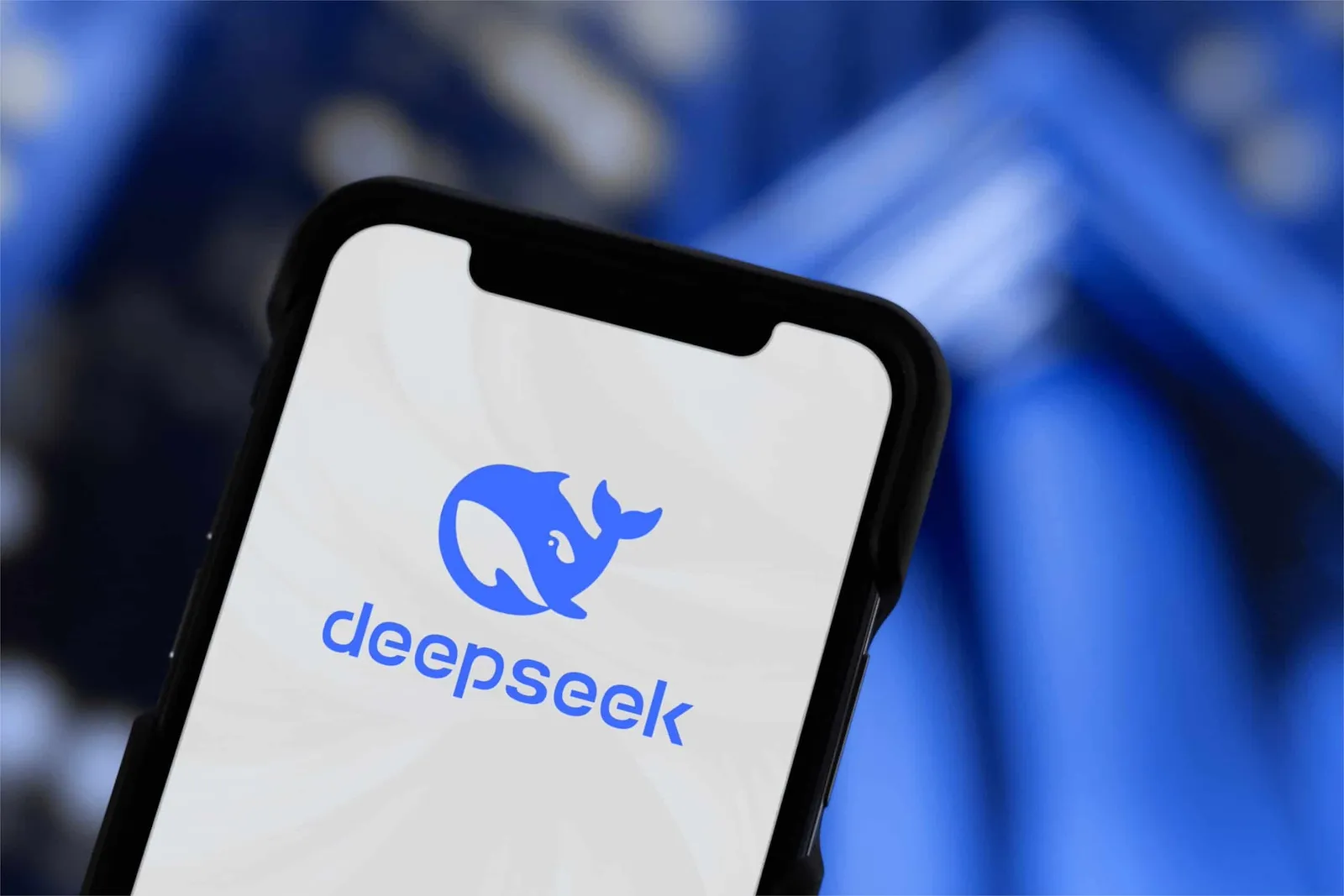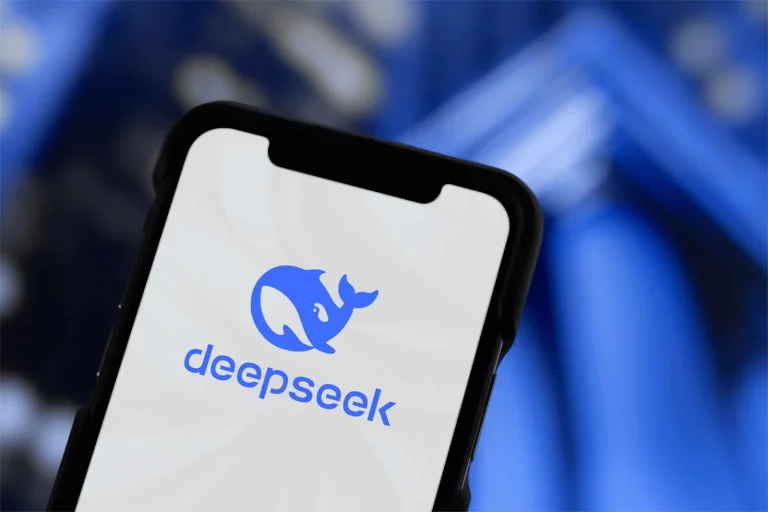Huawei Unveils “Safe” DeepSeek AI Model as Beijing Tightens Grip on Domestic AI Development


Chinese tech giant Huawei has unveiled a safety-focused version of the artificial intelligence model DeepSeek, positioning the release as a major step in ensuring compliance with Beijing’s strict guidelines on how AI is deployed domestically.
The company claims the new model is “nearly 100% successful” in blocking politically sensitive discussions, reflecting how Chinese AI companies are increasingly required to integrate political safeguards directly into their systems.
Huawei announced the new model, DeepSeek-R1-Safe, on its official WeChat account late on Thursday. It said the system was trained using 1,000 of its in-house Ascend AI chips and co-developed with Zhejiang University, the alma mater of DeepSeek’s founder, Liang Wenfeng. Despite that link, Huawei stressed that neither DeepSeek itself nor Liang was directly involved in the project.
Register for Tekedia Mini-MBA edition 18 (Sep 15 – Dec 6, 2025) today for early bird discounts. Do annual for access to Blucera.com.
Tekedia AI in Business Masterclass opens registrations.
Join Tekedia Capital Syndicate and co-invest in great global startups.
Register for Tekedia AI Lab: From Technical Design to Deployment.
Building AI Within Beijing’s Red Lines
The model’s debut comes against the backdrop of China’s sweeping rules that require all AI models released for public use to conform to “socialist values” and avoid politically sensitive topics. Regulators have made clear that companies cannot launch consumer-facing AI products unless they pass rigorous reviews ensuring that chatbots and other AI tools do not produce responses that contradict Party messaging or touch on restricted subjects.
Huawei said DeepSeek-R1-Safe achieved “nearly 100% success” in filtering out harmful and politically sensitive content, including toxic speech, incitement to illegal activity, and politically restricted issues. However, in role-playing tests, disguised prompts, or encrypted coding scenarios, the success rate fell to 40%, highlighting the difficulty of ensuring airtight compliance.
Still, Huawei described the model as an advancement, reporting that it achieved an 83% comprehensive security defense capability in testing, outperforming rivals like Alibaba’s Qwen-235B and DeepSeek-R1-671B by 8% to 15% under identical conditions. Importantly, it suffered less than a 1% performance degradation compared to the original DeepSeek-R1, suggesting that stricter safety filters did not come at a significant cost to efficiency.

DeepSeek’s Role in China’s AI Strategy
The move also illustrates how the original DeepSeek models have become a backbone for China’s AI ecosystem. The company’s R1 and V3 releases earlier this year shook Silicon Valley and global investors, triggering a selloff of Western AI stocks due to their sophistication and efficiency. Since then, Chinese companies and universities have rushed to adopt, adapt, and localize DeepSeek’s architecture for a wide range of applications.
Huawei’s effort shows how those adaptations are increasingly being tied to political imperatives. Domestic AI chatbots already reflect Beijing’s priorities: Baidu’s Ernie Bot, China’s first large-scale answer to OpenAI’s ChatGPT, refuses to engage on politically sensitive subjects and redirects users toward neutral or Party-safe answers. Huawei’s new system takes this a step further, explicitly framing its compliance record as a feature in itself.
The announcement comes during Huawei Connect in Shanghai, the company’s flagship annual conference. Huawei also broke years of secrecy by unveiling roadmaps for chip and computing product development, underlining its ambitions to reduce reliance on foreign technology and stake a claim as a leader in both hardware and AI safety.

This dual emphasis — cutting-edge performance with ironclad compliance — has become a hallmark of how China’s AI champions are distinguishing themselves from Western rivals.
However, Huawei’s release underscores the dual challenge facing Chinese AI firms. On one side, they are under pressure to match the pace of Western leaders like OpenAI, Anthropic, and Google DeepMind in terms of innovation. On the other hand, they must operate within political guardrails that demand their systems actively defend against politically sensitive content.
This underlines how Beijing’s approach to the AI arms race encourages innovation, but only within strict ideological boundaries. Its guardrails on the overuse of DeepSeek, China’s most innovative AI model, are a clear sign that compliance and control are not secondary considerations but central pillars of how domestic AI will evolve.





